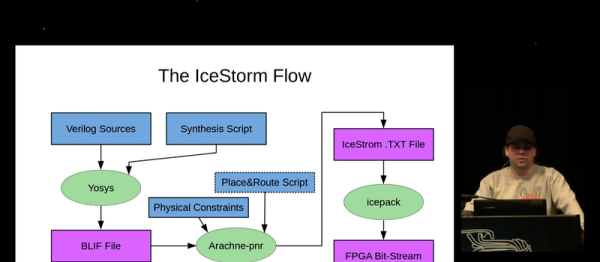Over the last few weeks we’ve waded through the debate of Drone restrictions as the FAA announced, solicited comments, and finally put in place a registration system for Unmanned Aerial Systems (UAS). Having now had a week to look at the regulation, and longer to consider the philosophy behind it, I don’t think this is a bad thing. I think the FAA’s move is an early effort to get people to pay attention to what they’re doing.
The broad picture looks to me like a company trying to get users to actually read an End User Licensing Agreement. I’m going to put the blame for this firmly on Apple. They are the poster children for the unreadable EULA. Every time there is an update, you’re asked to read the document on your smartphone. You scroll down a bit and think it’s not that long, until you discover that it’s actually 47 pages. Nobody reads this, and years of indoctrination have made the click-through of accepting an EULA into a pop-culture reference. In fact, this entire paragraph has been moot. I’d bet 99 out of 103 readers knew the reference before I started the explanation.
So, we have a population of tech adopters who have been cultivated to forego reading any kind of rules that go with a product. Then we have technological advancement and business interests that have brought UAS to the feet of the general public both with low costs, wide availability, and pop-culture appeal. What could possibly go wrong? Let’s jump into that, then cover some of the other issues people are concerned about, like the public availability of personal info on the drone registry.
Continue reading “Drone Registration Is Just FAA Making You Read Their “EULA””



 The only part of the squirrel cage fan [Samm] reused was the impeller. Every other part of this power plant was either constructed out of foam board, plywood, or in the case of the brushless motor turning the fan, stolen from the ubiquitous box of junk on every modeller’s workbench.
The only part of the squirrel cage fan [Samm] reused was the impeller. Every other part of this power plant was either constructed out of foam board, plywood, or in the case of the brushless motor turning the fan, stolen from the ubiquitous box of junk on every modeller’s workbench.










